در حال حاضر محصولی در سبد خرید شما وجود ندارد.
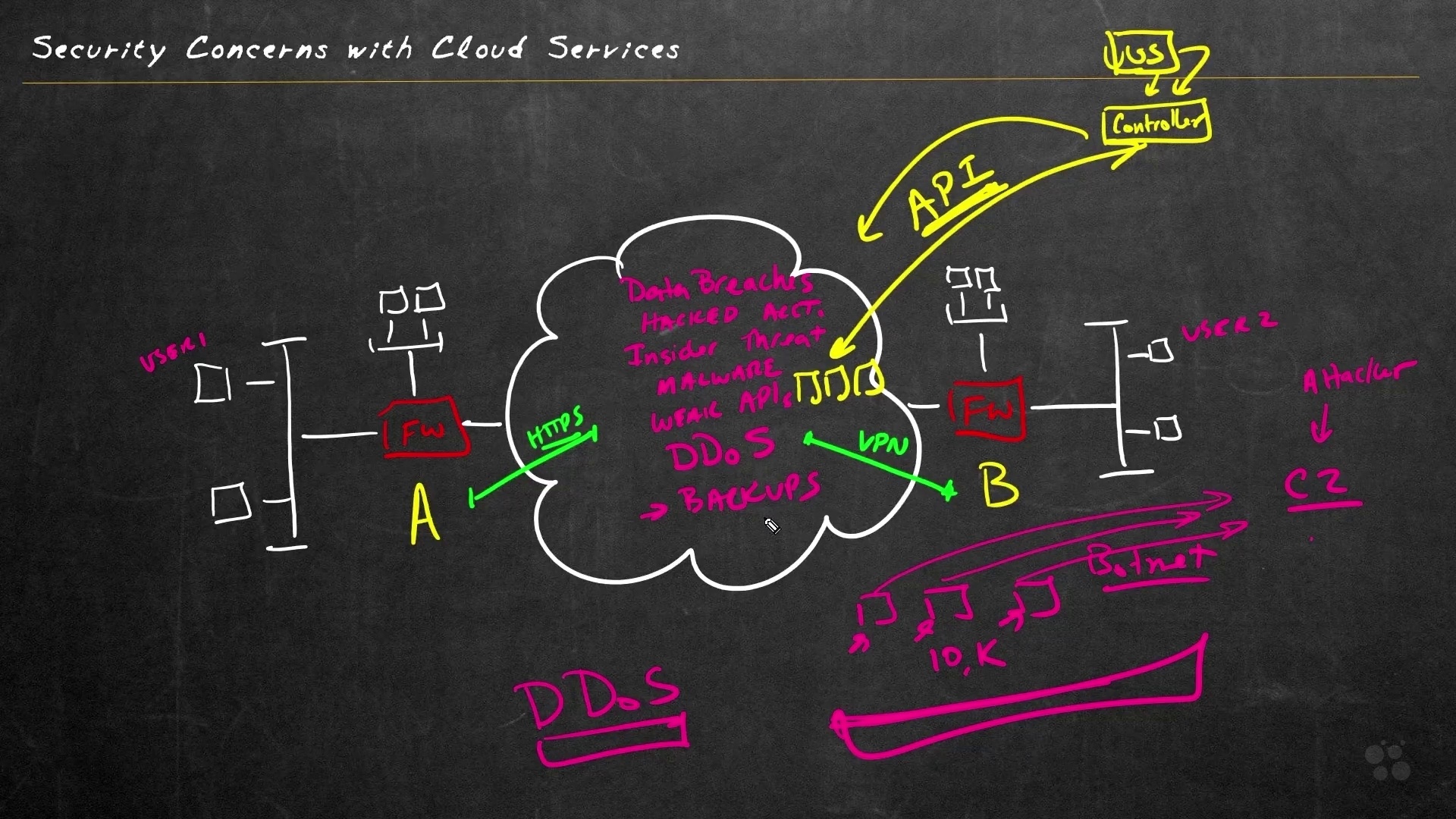
This entry-level CompTIA Network+ training prepares learners to take the N10-008 exam, which is the one required exam to earn the Network+ certification.
The Network+ certification from CompTIA is one of the most popular IT certifications in the world. The Network+ is so popular because it doesn't cover any one vendor or manufacturer. Instead it focuses on broad concepts that apply to any network or operating system.
در این روش نیاز به افزودن محصول به سبد خرید و تکمیل اطلاعات نیست و شما پس از وارد کردن ایمیل خود و طی کردن مراحل پرداخت لینک های دریافت محصولات را در ایمیل خود دریافت خواهید کرد.
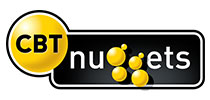
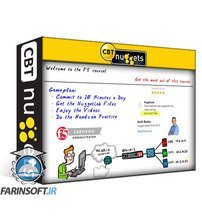
فیلم یادگیری F5 BIG-IP Local Traffic Manager
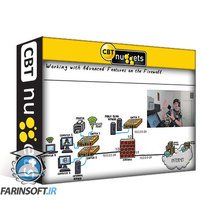
آموزش استفاده از امکانات پیشرفته فایروال های Palo Alto v8.x
-Assessment-Lab-main-resized.jpg)
دوره تمرین عملی Cisco CCNA (200-301)
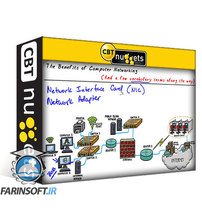
آموزش مبانی پروتکل TCP/IP

Advanced Cisco Network Security: How to Configure Network Infrastructure Security Online Training

CCIE Routing and Switching Online Training
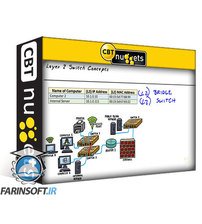
فیلم آموزش Layer 2 Switching Fundamentals

Fortinet NSE 6 – FortiAuthenticator Online Training

آموزش کار با ابزارهای تحلیل شبکه در Fortinet
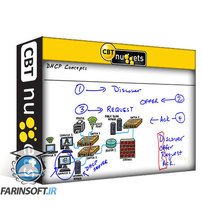
آموزش کامل IPv4 DHCP
✨ تا ۷۰% تخفیف با شارژ کیف پول 🎁
مشاهده پلن ها